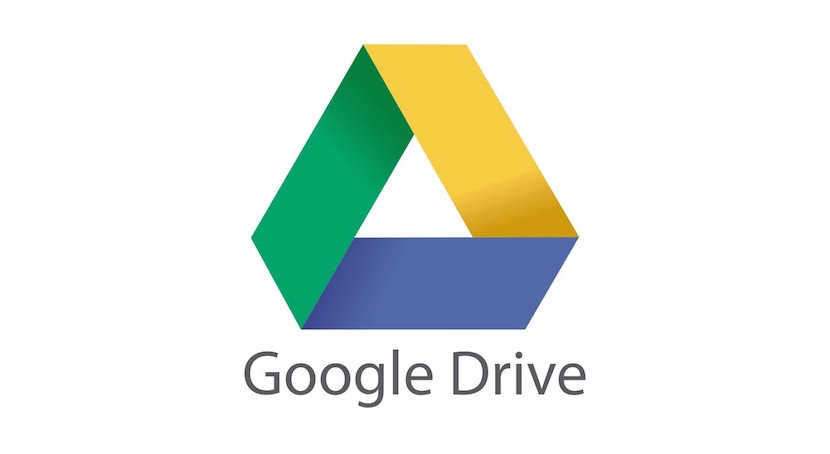Like a clogged attic, our Google accounts can easily become overloaded with unnecessary files over time that eat up precious storage space. As more of our personal and work lives shift to relying on Google services, from email and documents to photos and videos, learning how to effectively manage your Google storage is crucial.
Follow this comprehensive guide covering the ins and outs of expanding your Google space to its maximum potential. We’ll explore:
Step 1: Check how much storage space you are currently using
- Open your Google Drive
- Click on the coloured bar at the bottom of the left-hand column
- This will show you how much total storage you have and how much you have free or used across Gmail, Google Drive, and Google Photos
Step 2: Empty your Gmail trash
- In Gmail, open the left menu and click on “Trash”
- Hover over conversations and click on the trash icon to permanently delete messages
- Click “Empty Trash Now” to free up space
Step 3: Delete large Gmail attachments
- In Gmail search bar, type “has:attachment larger_than:5M” (without quotes)
- Sort by size to see largest files first
- Open messages and permanently remove unneeded attachments
Step 4: Remove Google Drive duplicate files
- In Drive, click on Tools > Find Duplicates
- A review list of duplicate files surfaced
- Delete copies no longer needed by checking boxes and clicking the trash icon
Step 5: Compress Google Documents & Folders
- Right click on Folders and Files in Drive
- Select “Compress” to create a compressed .zip file, which takes up less space
Step 6: Convert Google Docs to smaller file formats
- Open Doc/Sheet/Slide and select File > Download As
- Choose format like .txt or .jpeg that uses less storage than .docs
Step 7: Adjust Google Photos settings
- In Photos, click on Settings > Recover Storage
- Can choose option to deliver lower resolution versions of uploaded images
Step 8: Sync Google Drive files to your computer and delete copies from the cloud
- Helps limit storage usage by only keeping essential files in Drive
Step 9: Leverage external cloud-sharing platforms
- Use tools like Dropbox to share or backup extra files that do not need to be in the Google ecosystem
Following these steps should help you comprehensively identify and eliminate storage hogs! Let me know if any part needs more clarification.




